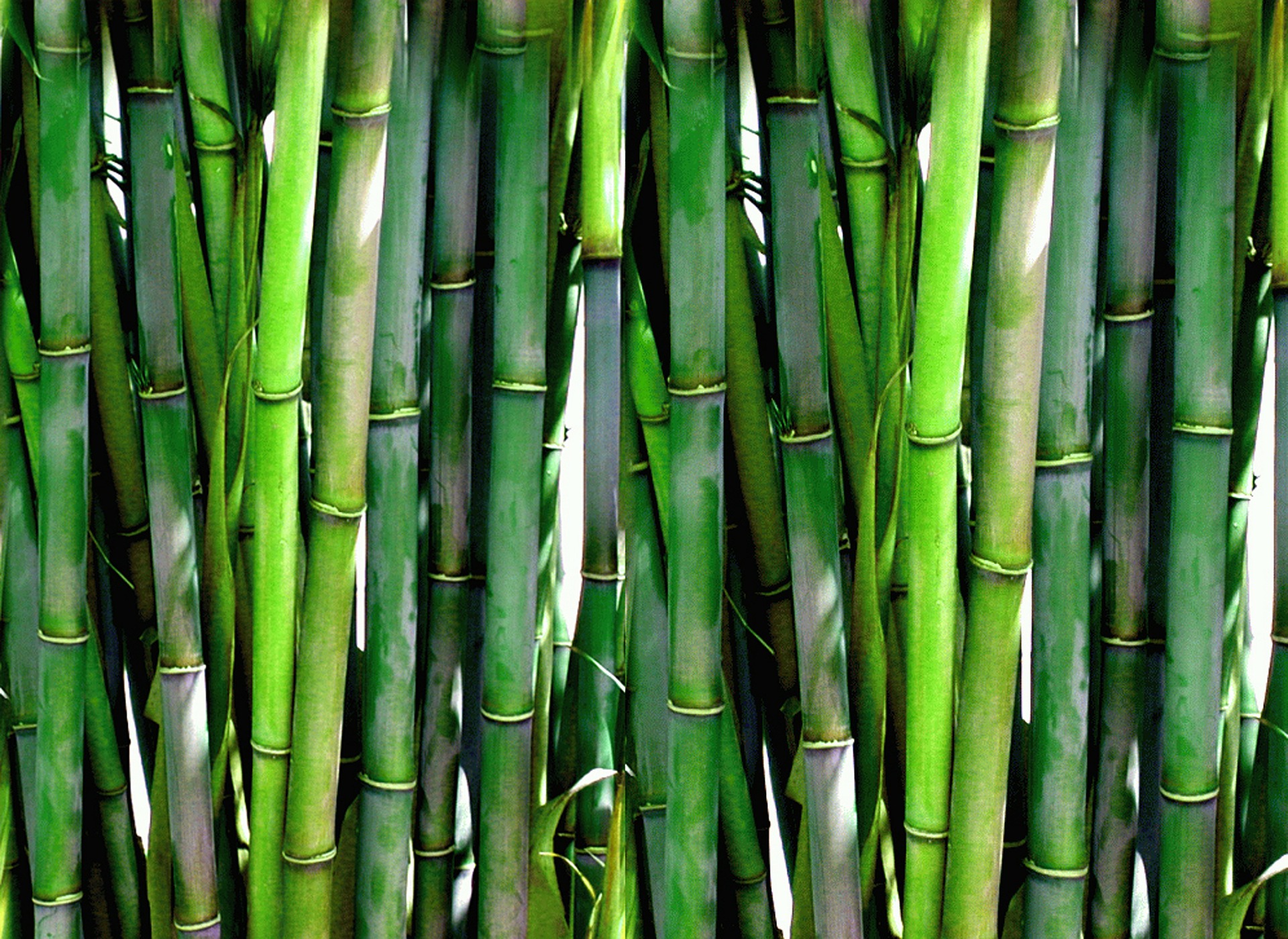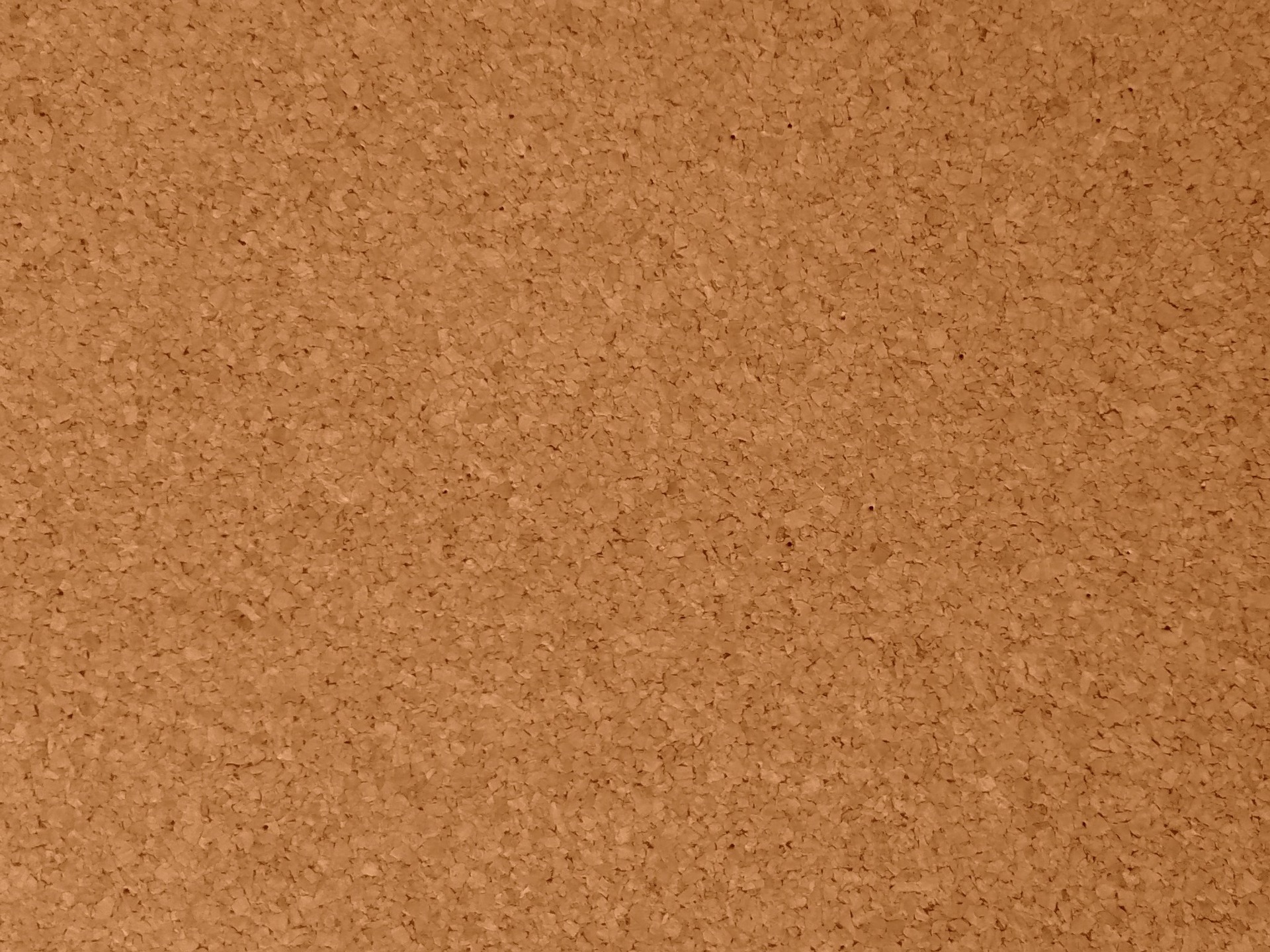Top 3 Eco-Friendly Products
By Deb Amorde
Environmental impact is a broad and popular topic. When it comes to identifying eco-friendly building materials it can be difficult since the definitions people ascribe to “sustainable” varies greatly. The good news is, the three materials discussed below are pretty much accepted universally as environmentally kind. I think you’ll see why.
Bamboo
Almost all sustainability experts agree bamboo is one of the eco-friendliest building materials on the planet.
• It has an incredibly high rate of self-generation.
• It has a high strength-to-weight ratio and exceptional durability.
• It’s a perennial grass which means it spreads and grows without having to be replanted after harvest.
• This wonder substance can even be found on almost every continent sans Europe and Antarctica.
• Bamboo is also lightweight making its transportation energy requirements low compared to other materials of comparable durability.
Drawbacks: Bamboo requires treatment to resist insects and rot and it can swell or crack when it absorbs water.

Cork
Like bamboo, cork is a fast-growing resource. It earns bonus points for its ability to be harvested from a living tree, aka tree bark, that will continue to grow and reproduce.
• Cork is flexible and resilient, reverting to its original shape after sustaining pressure.
• Its resilience and resistance to wear make it a common element in floor tiles.
• Its noise absorption abilities also make it perfect for insulation sheets.
• Its shock absorption qualities make it well-suited for sub-flooring.
• If left uncoated, cork is naturally fire resistant and it doesn't release toxic gases when burned. This also makes cork a good thermal insulator.
• Cork is nearly impermeable so it does not absorb water or rot.
Drawbacks: Over time cork becomes more brittle and because it’s primarily found in the Mediterranean, shipping costs can be high. However, cork is extremely light so it requires less energy to ship, thus salvaging some sustainability points.

Recycled wood and metal
Aluminum and steel are high energy consuming materials due to the process required to produce them - mining the ore, heating and shaping products, and transporting heavy material. But each time the metal is properly and efficiently recycled into new products, its overall energy consumption lowers, making the material more sustainable.
• Recycled metal is long-lasting and does not need frequent replacement.
• It tends not to burn or warp, making it a viable option for roofing, structural supports, and building façades.
• It's also water and pest resistant.
Like recycled metal, reclaiming and reusing wood reduces its overall energy quotient. Reclaimed wood can be used for any number of building purposes, including structural framing, flooring, siding, and cabinetry. Because wood has less strength than metal, it’s wise to asses each piece prior to reuse.
Drawbacks: Most wood is susceptible to insects and degradation, reinforcing the need to thoroughly inspect each reclaimed piece.
.png)